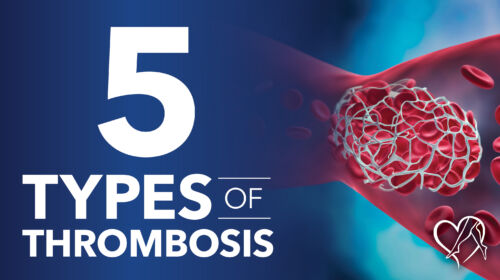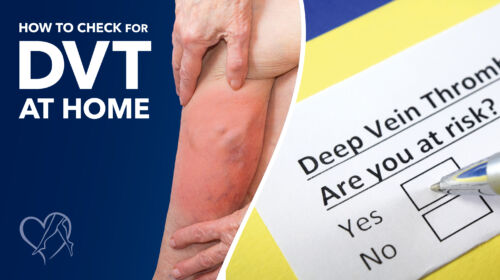
How To Check for DVT At Home
Deep Vein Thrombosis is a potentially life-threatening medical condition. Learn how to check for Deep Vein Thrombosis (DVT) at home and understand DVT symptoms, causes, and treatment options. This guide is provided by Center for Vein Restoration.

How Long Can You Have a DVT and Not Know It?
Discover how long you can have Deep Vein Thrombosis (DVT) without knowing it, its silent symptoms, and the importance of early detection and treatment.

Spontaneous Thrombosis: Can it Happen to Me?
This blog delves into the mysterious occurrence of spontaneous thrombosis, where blood clots form without any apparent cause, posing a serious health risk. Learn how to recognize early warning signs, understand potential risk factors, and explore strategies for prevention and treatment. With expert insights from Center for Vein Restoration, discover how prompt intervention can make a life-saving difference.

Do Sugar Substitutes Increase Your Risk of Blood Clots?
This blog explores the potential connection between sugar substitutes, particularly erythritol, and an increased risk of blood clots. Recent studies suggest that erythritol may enhance platelet reactivity, leading to a higher likelihood of clot formation, which can result in serious cardiovascular events like heart attacks and strokes. The blog discusses these findings, provides context, and offers advice on maintaining vein health, emphasizing the importance of moderation and staying informed, especially for those at risk of venous conditions.

Signs of Blood Clot in Calf
While blood clots can form anywhere, they can be particularly troublesome in the calf. This blog delves into the signs of a calf vein thrombosis, also called isolated distal DVT, as well as risk factors, managing uncomfortable symptoms, and when treatment becomes urgent.

Soleal Vein and DVT: Understanding the Hidden Risk in Your Calf
Deep vein thrombosis (DVT) can be dangerous, but understanding it is the first step to prevention. This blog explores DVT, with a focus on the often-overlooked soleal vein, a small calf muscle vein prone to clots. Early detection is crucial, and this blog will equip you with the knowledge to recognize symptoms and explore treatment options. Center for Vein Restoration is your partner in vein health, offering expert care for DVT and soleal vein thrombosis.
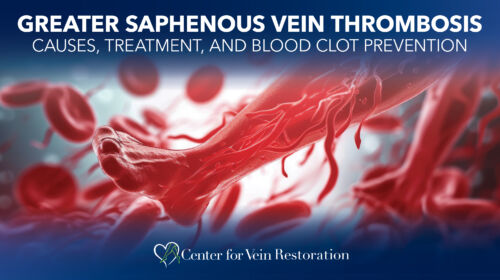
Greater Saphenous Vein Thrombosis: Causes, Treatment, and Blood Clot Prevention
Learn what a great saphenous vein thrombosis (GSVT) is. Discover how blood clots in the GSV can lead to deep vein thrombosis (DVT) and the potentially life-threatening condition of pulmonary embolism (PE). Explore the risk factors, symptoms, and modern treatment options available to manage and prevent these dangerous blood clots. Stay informed and proactive in maintaining your vascular health with expert insights and advice from Center for Vein Restoration.
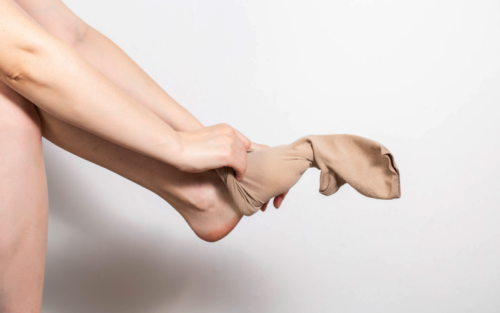
What are the Main Causes of Swelling in a Single Leg?
Have you noticed that one of your legs is swollen but not the other? People wonder when to be concerned about lower extremity leg swelling (edema). Many vein diseases provoke swelling, so it is difficult to diagnose without the help of a medical professional. Some of these problems are mild; others are medical emergencies.
 About Vein Disease
About Vein Disease
 Spider Veins
Spider Veins
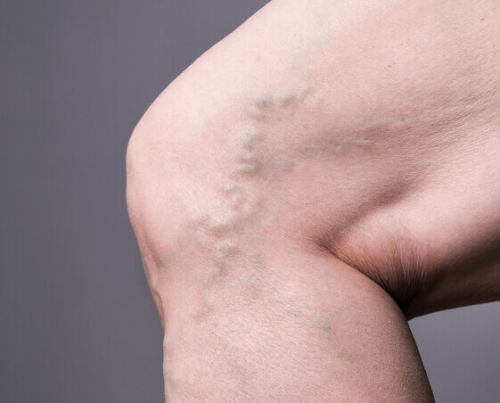 Varicose Veins
Varicose Veins
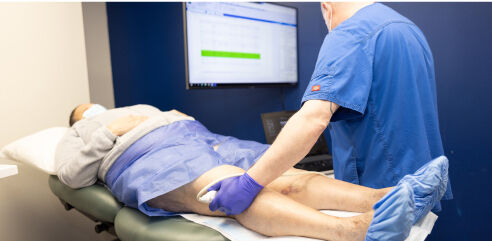 Vein Disease Treatments
Vein Disease Treatments
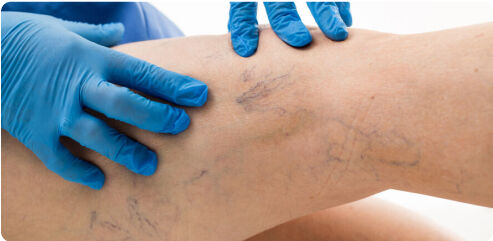 Treating Spider Veins
Treating Spider Veins
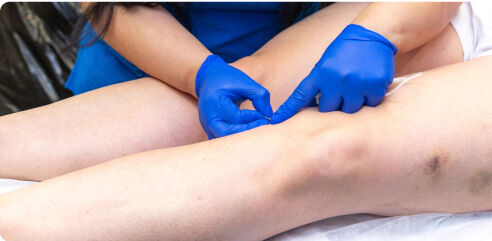 Treating Varicose Veins
Treating Varicose Veins
 About Us
About Us
 Patient Resources
Patient Resources
 Physician Resources
Physician Resources
